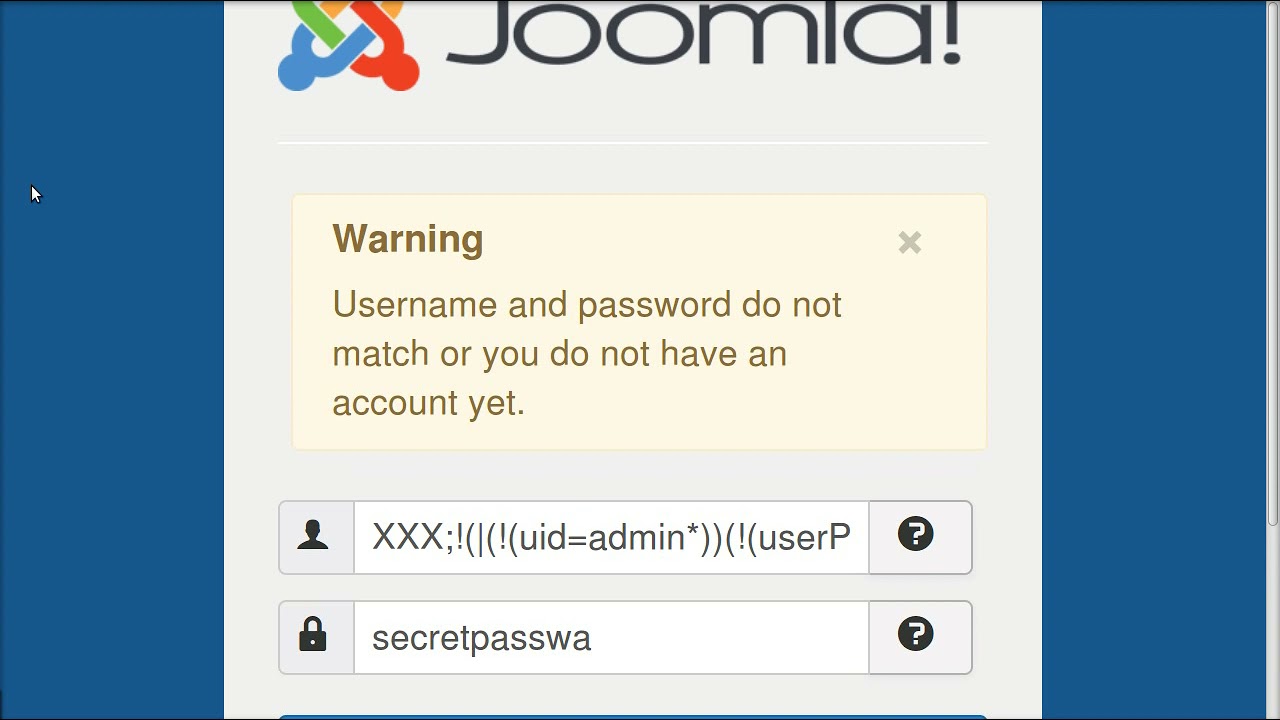Joomla 1.5 SQL Injection Vulnerability
SQL injection is a common and dangerous web application vulnerability that can allow attackers to control the database of a website. Joomla 1.5, an old version of the popular content management system, is known to be vulnerable to SQL injection attacks. In this article, we will discuss what SQL injection is, how it can be exploited in Joomla 1.5, and what steps can be taken to protect your website from such attacks.
What is SQL Injection?
SQL injection is a type of attack where an attacker inserts malicious SQL code into input fields on a website. This code can then be executed by the website’s database, allowing the attacker to view, modify, or delete data from the database. SQL injection attacks can be devastating, as they can lead to data loss, unauthorized access, and even complete system compromise.
Exploiting SQL Injection in Joomla 1.5
Joomla 1.5 is known to be vulnerable to SQL injection attacks due to its outdated code and lack of proper input validation. Attackers can exploit this vulnerability by inserting malicious SQL code into input fields such as search boxes, contact forms, or login pages. Once the SQL code is executed, the attacker can gain unauthorized access to the website’s database and extract sensitive information.
Protecting Your Joomla 1.5 Website
To protect your Joomla 1.5 website from SQL injection attacks, it is important to keep your software up to date. Consider upgrading to a newer version of Joomla that includes security patches and updated code. Additionally, you can implement input validation and sanitization techniques to ensure that user input is safe and free from malicious code. Regularly monitor your website for unusual activity and unauthorized access attempts.
Conclusion
SQL injection is a serious threat to Joomla 1.5 websites and can lead to data breaches and other security incidents. By understanding how SQL injection works and taking proactive steps to protect your website, you can reduce the risk of falling victim to such attacks. Stay informed about the latest security threats and best practices in web application security to keep your website safe and secure.
